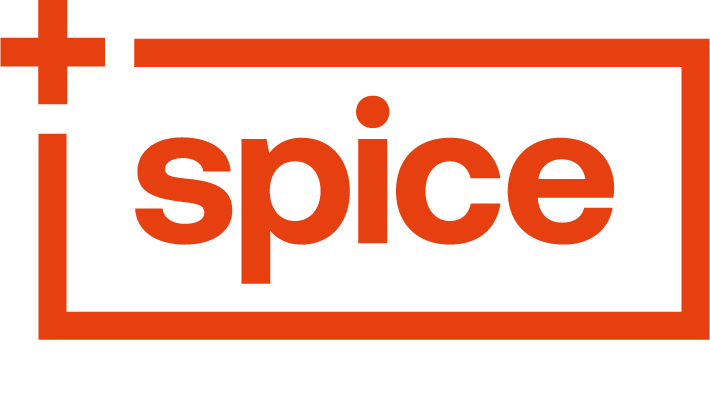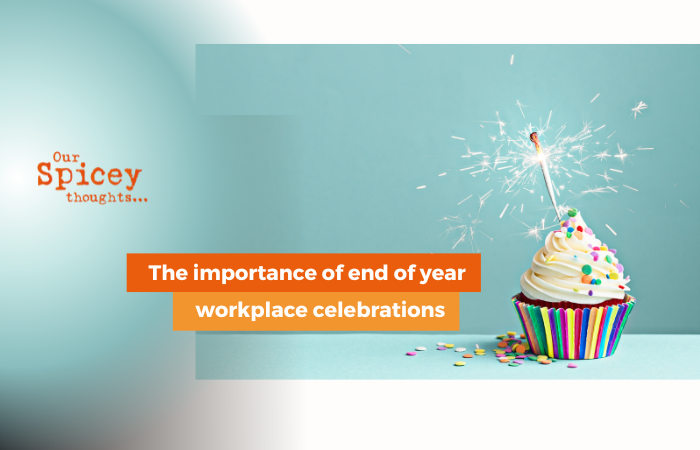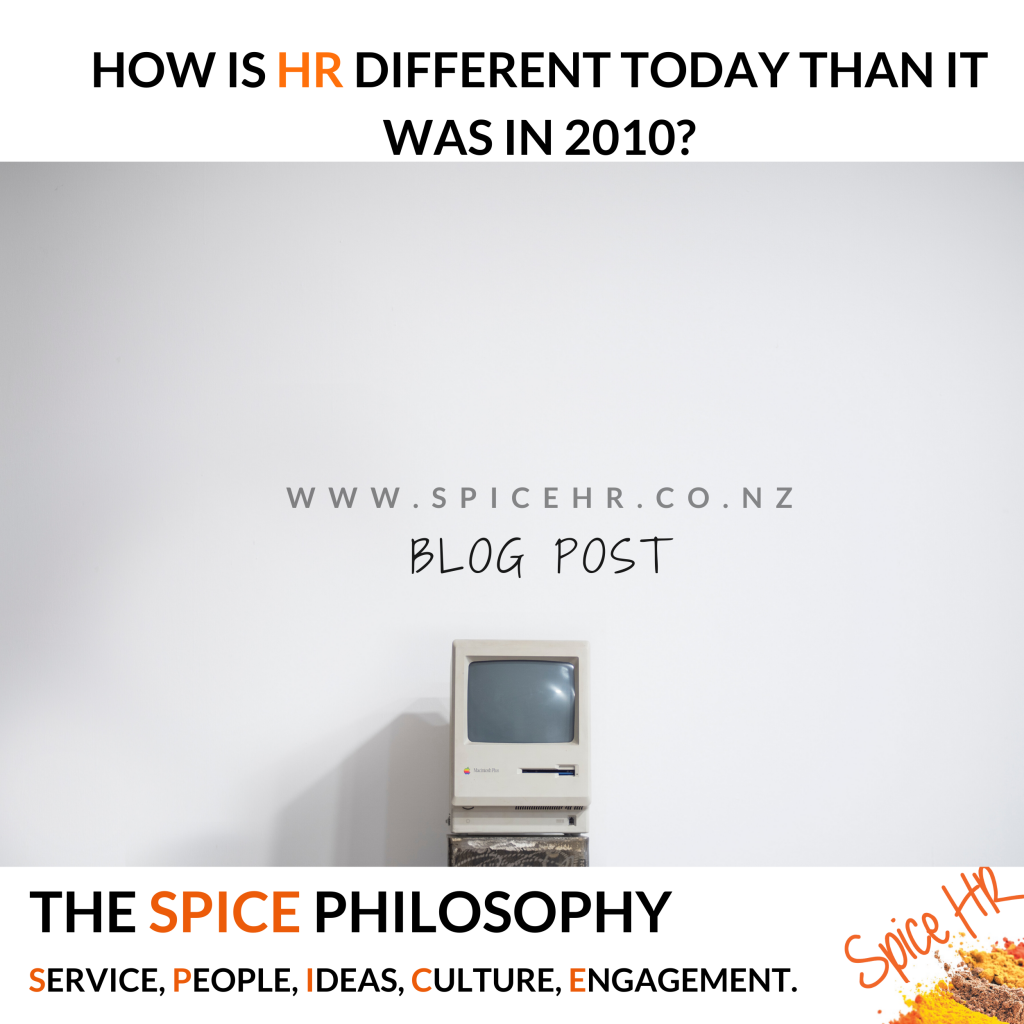
Got a new person joining your team?
Then you’ll want to make sure you have an onboarding plan in place.
Onboarding is a vital aspect of making sure a hire is successful long term. Having a plan in place can help your new team member feel welcome and comfortable from day one.
Of course, that will mean great things for the relationship they have with your business long term and the impact they can have on the workplace as a whole.
So, how do you master onboarding?
Well, first you need to understand how important it is, then you need to know how to effectively create an onboarding plan. Luckily, we are covering both of those things in this blog. So, just keep reading!
Effective Onboarding: What It Is And How To Do It
The Importance Of Effective Employee Onboarding
Every successful hire starts with a good onboarding programme! Why? Well, not only is onboarding the way to introduce your new team member to the environment they will be working in, but it is a critical part of the settling-in stage and helps set both employee and business up for overall success.
Here are some of the ways onboarding can help:
Improved Engagement
A well-designed onboarding process helps your new team member feel valued and supported. In turn, this can increase their engagement and satisfaction with their role (and your company). Of course, this is all round good news for you and the new employee, as you will both be getting the most out of the working relationship.
Increased Performance
Effective onboarding can help your new team member to understand their role and responsibilities. But, more than that, it also helps to clarify what is expected of them and what they should expect from your organisation. Having this clear grounding can lead to higher levels of productivity and better job performance as your new team member will have a complete understanding of how things work.
Reduced Turnover
Once you go through all the trouble of hiring awesome talent, you want to make sure you keep them! Effective onboarding can help retain your new hire by providing them with a positive first impression of your business and setting clear expectations from the outset.
Better Cultural Fit
We all know that a successful hire does not rely on skills alone. Cultural fit is a huge factor also. Onboarding helps new team members understand and align with your company’s values, culture, and norms. Having a cause to champion and collective goals to work towards creates a more positive work environment for everyone.
Ticking the Legal Boxes
Depending on the industry you work within, there will be legal requirements to meet with each role. Onboarding can help to ensure that new hires are aware of and understand important policies and regulations. Once they have a good understanding of the legalities, it reduces the risk of non-compliance and potential legal issues.
How To Onboard A New Team Member
Now that we know how valuable onboarding can be, let’s explore how to effectively onboard a new employee so that they can hit the ground running and you can maximise their impact!
Here’s the steps to follow:
1: Be Prepared
While you can follow the same basic format for onboarding new team members, the actual onboarding plan should be tailored to each role and each successful candidate. That way, you can acknowledge the different experiences and strengths that each person brings. Plus, you can ensure the specifics of each role are covered.
2: Set Up
Before your new employee arrives, ensure their workstation is set up with any necessary, equipment or supplies – that includes a desk, chair, computer, stationery, phone, tools etc. They should also have logons and access to all the software systems they will use along with any specific resources or uniform items.
3: Welcome!
Starting a role with a new company can be overwhelming and nerve-wracking. So, make sure their first day is a good one. Start on the right foot by warmly welcoming them and introducing them to their team. You’ll also want to conduct Manager meet and greets and explain the chain of command.
4: Comprehensive Orientation
Your new employee might know a little about your organisation already, but they won’t necessarily know about the parts that matter – the culture and your key values. Providing a comprehensive orientation that includes an overview of the company, its culture, policies and procedures, as well as an introduction to their role and responsibilities will set them up for success.
5: Assign a Mentor or Buddy
Consider pairing your new employee with a mentor or buddy who can provide support and guidance as they settle into their new role. It doesn’t have to be a manager or direct colleague. It’s better to get the right personal fit so that everyone feels comfortable.
6: Go on Tour
Now it’s time to go on a comprehensive tour of the workplace. This should include facilities like the bathroom and lunchroom, along with key areas within the company. Don’t forget, there will be a lot for your new hire to remember, so refreshers on where everything is, can be invaluable. If you work remotely or have a hybrid dynamic to your work environment, then your tour should be focused around the communication tools, channels and processes you as a business use to ensure success. In person is best so jump online and share your screen to ensure an interactive experience!
7: Training Material
Explain how their training programme will take place and make sure you include information about where the training material, Standard Operating Procedures, Health and Safety information and other resources can be found. Have an onboarding checklist ready to work through so that nothing gets missed.
8: Set Clear Expectations
Clearly communicate expectations for performance, working hours, and any other important details related to the role. This is also the opportunity to discuss flexible working conditions and locations, potential paths for advancement, and what the plan is for ongoing development.
9: 30, 60, 90 Day Touchpoints
Onboarding does not end once your new employee has been trained for the job. Schedule regular check-ins to ensure the new hire is settling in well and provide opportunities for feedback and support. Scheduling 30, 60 and 90 day check ins helps to provide a comms point during the ‘cone of silence’ gap when people are working out their trial period.
10: Encourage Feedback
Encourage your new employee to ask questions, provide feedback, and communicate any concerns they may have. This will help them to feel more involved in the business and can also help to point out any gaps you might have in your onboarding process.
Remember that plans are living documents and should be continually updated based on employee experience and feedback.
Want to ensure your new employees feel supported and valued when they start their new role? Then, chat with the Spice Gals about devising an effective and comprehensive onboarding programme now.





 How To Find The Elusive Work Life Balance
How To Find The Elusive Work Life Balance


